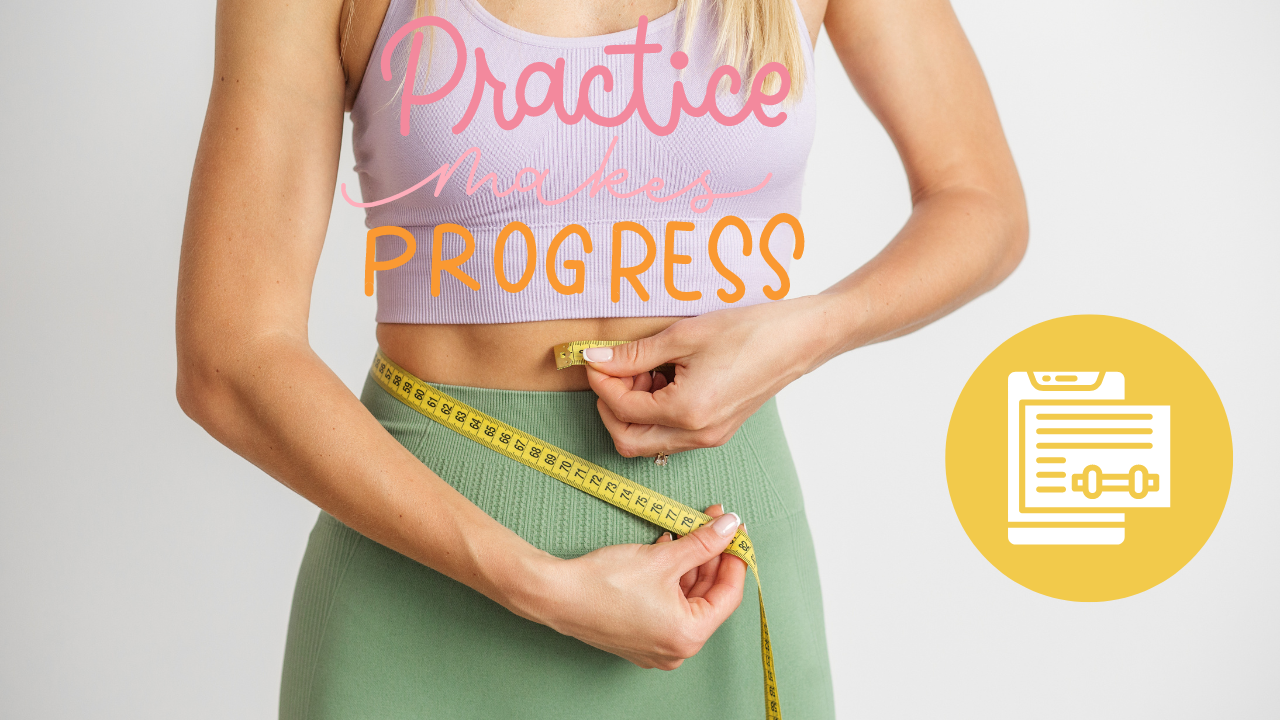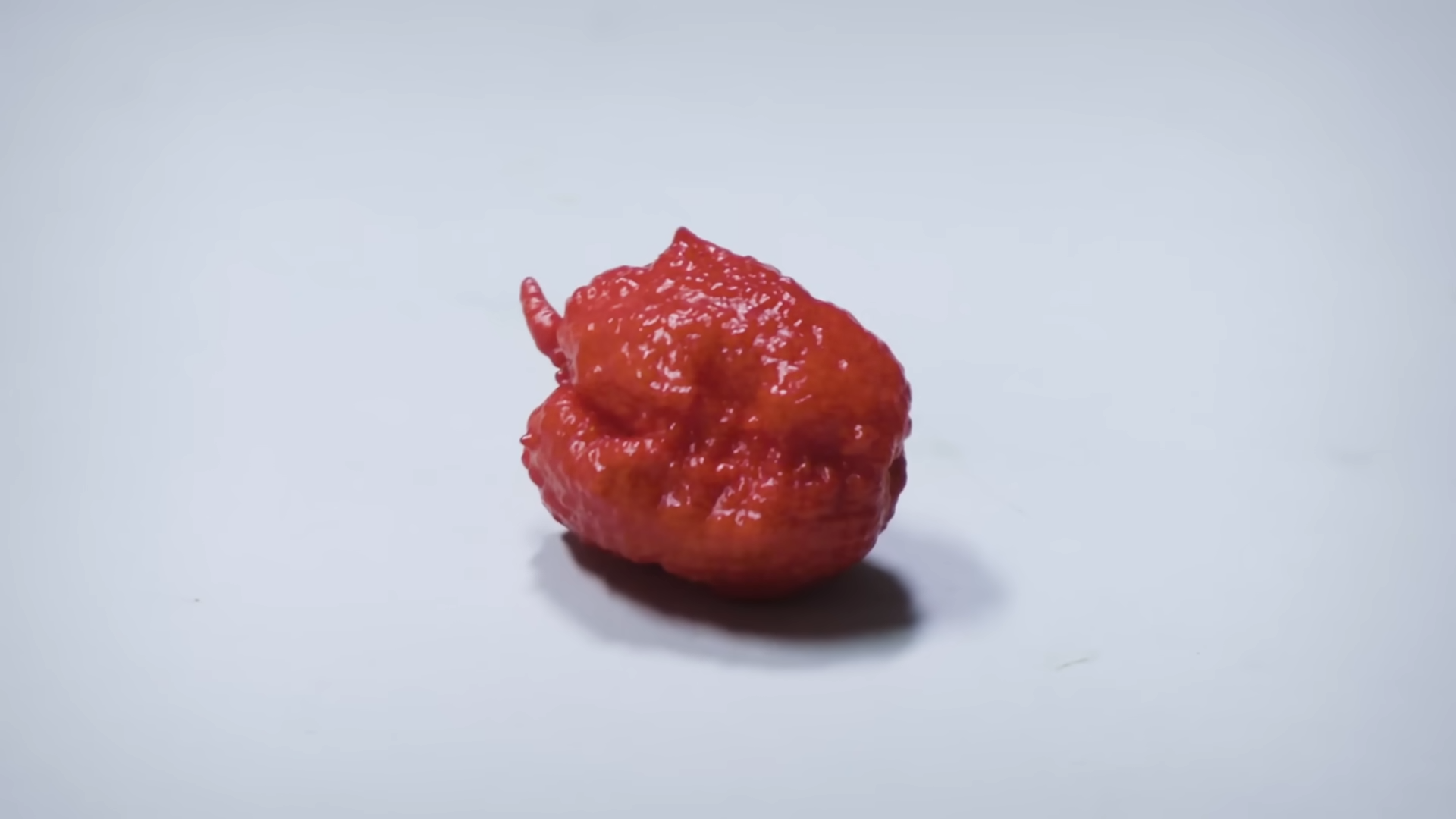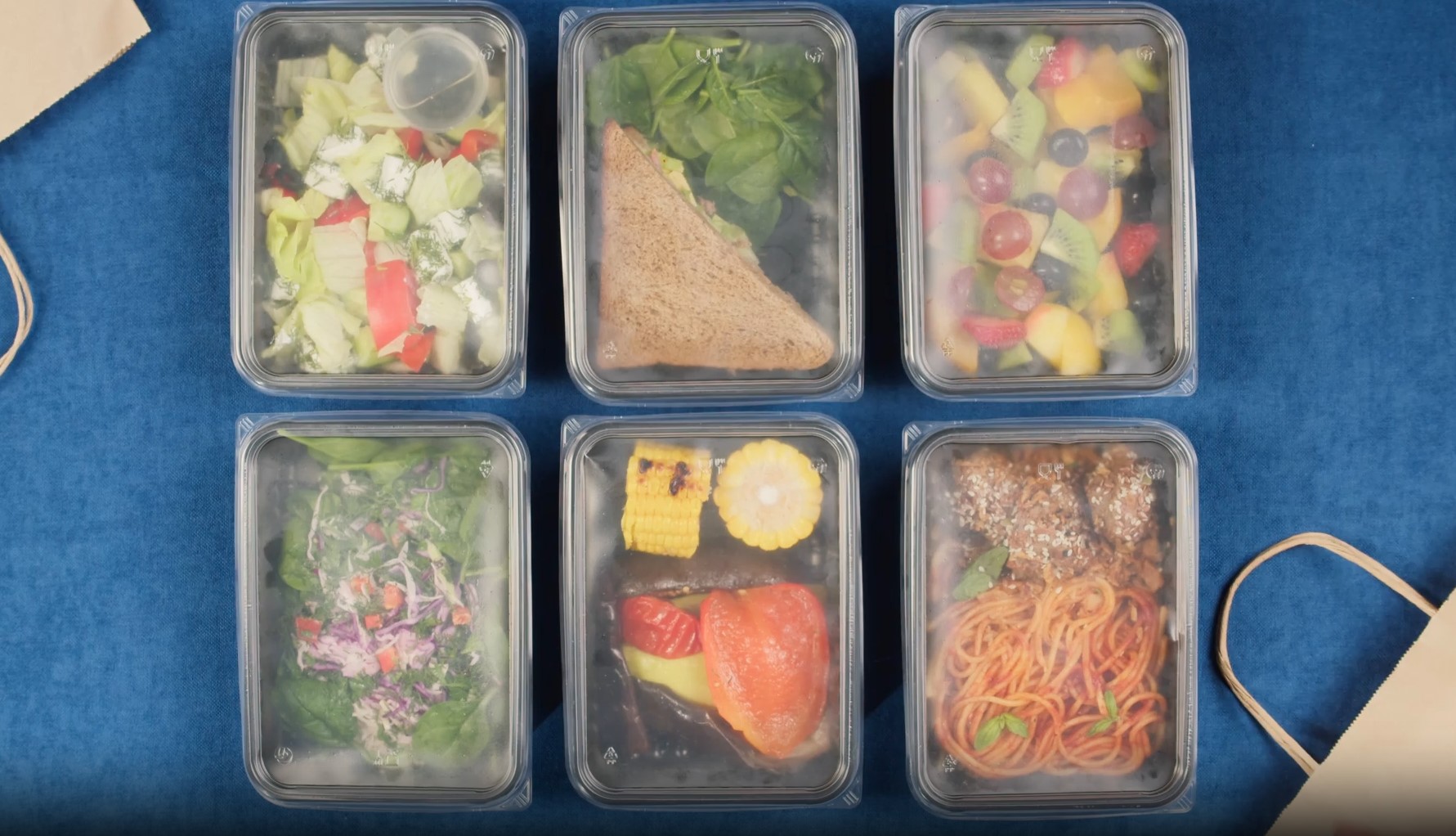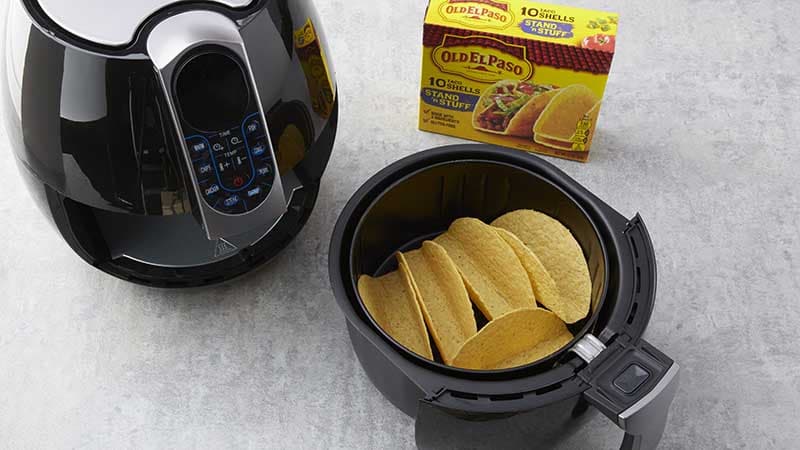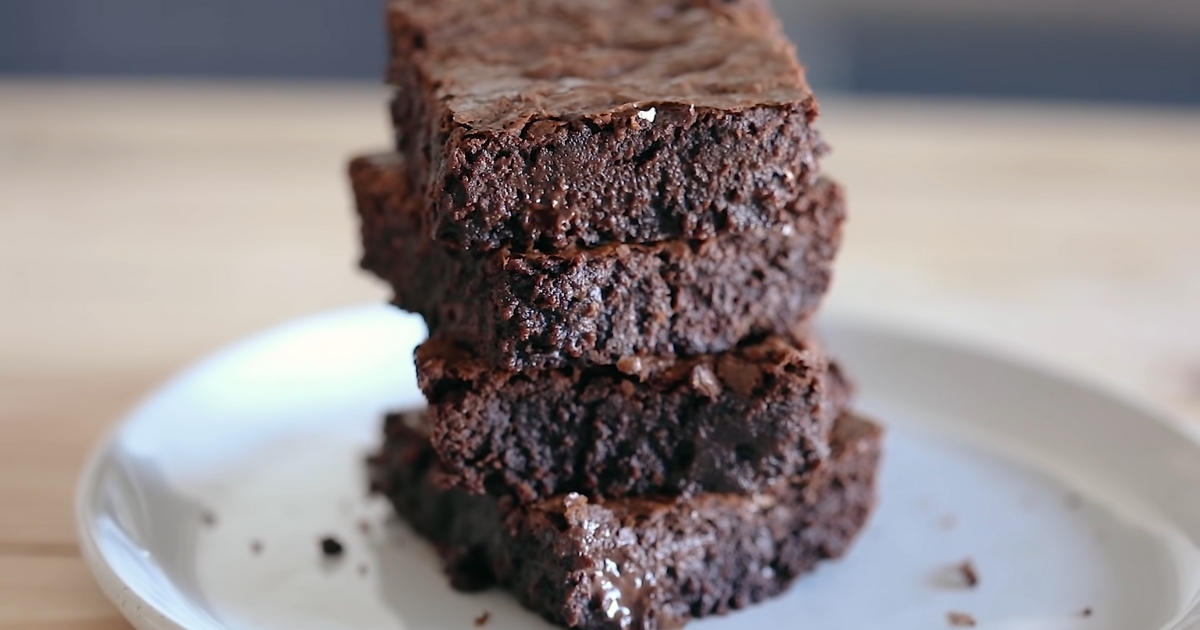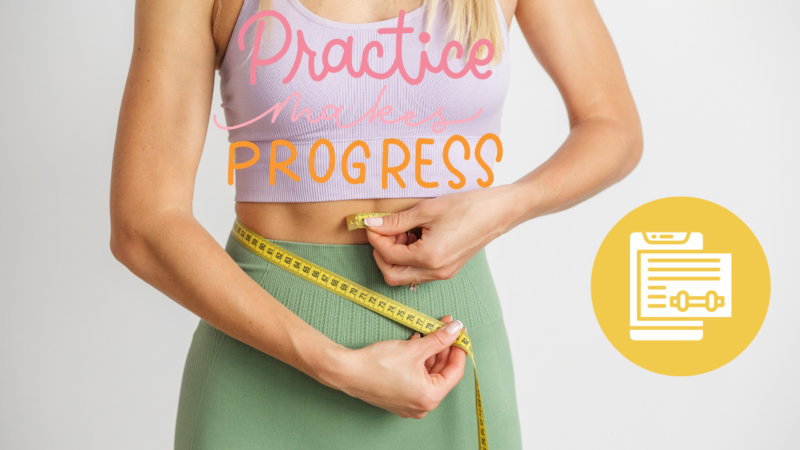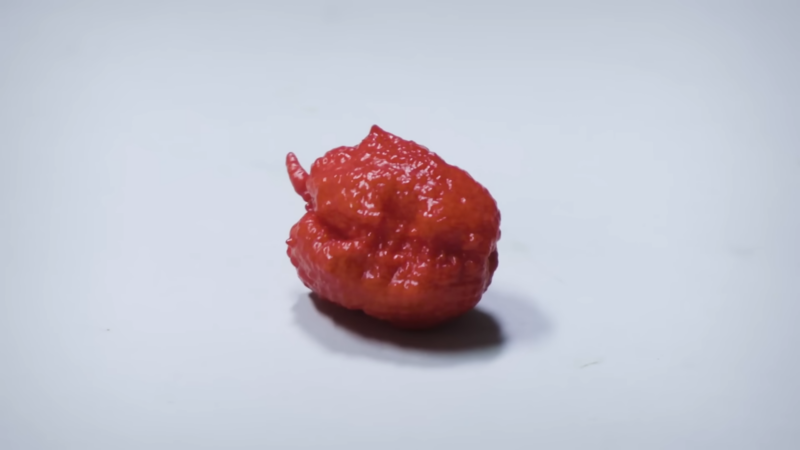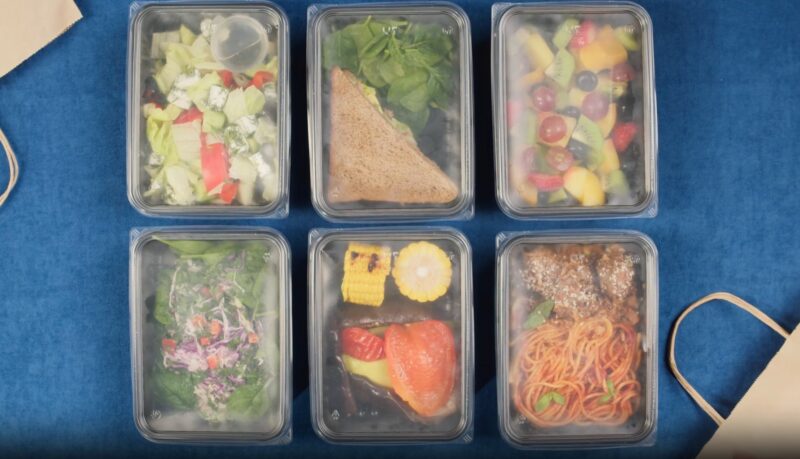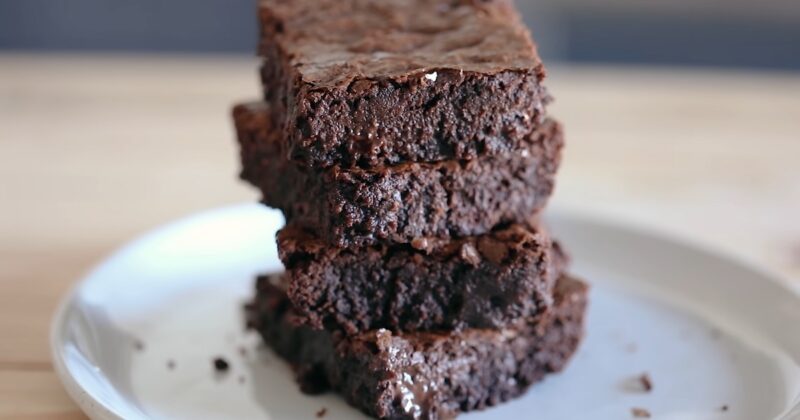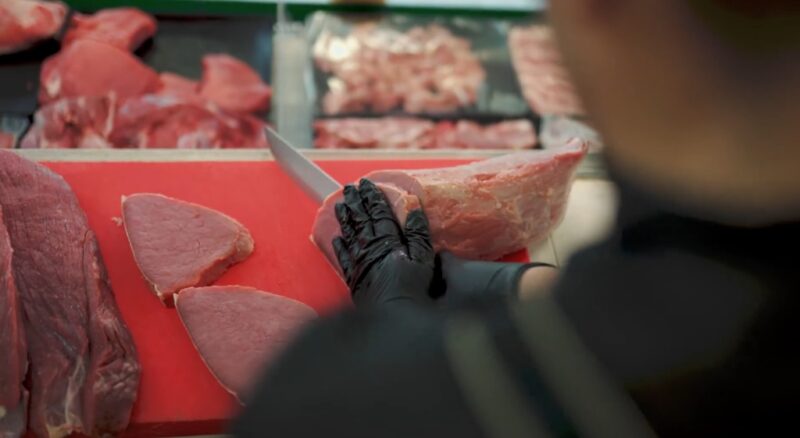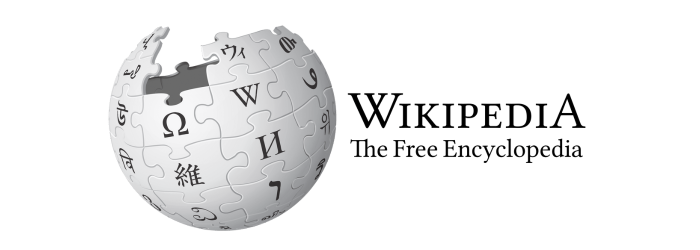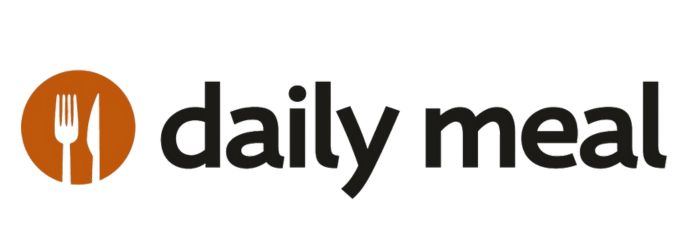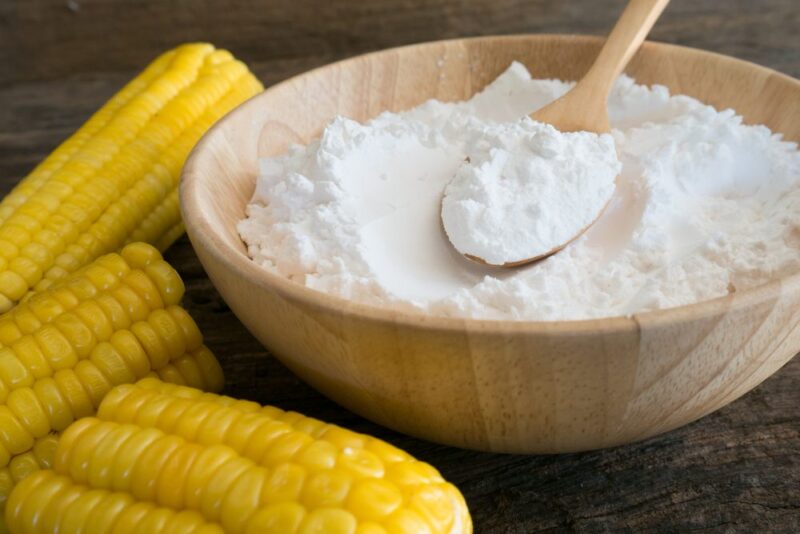
Are you on a gluten-free diet or have celiac disease, and wondering if cornstarch is safe to consume? You’re not alone. With so many food options available today, it can be challenging to determine which ones are gluten-free. Cornstarch is often used as a thickening agent in several recipes, but is it gluten-free? In this blog post, we will answer that question and provide you with all the information you need to know about cornstarch and its relationship with gluten. So let’s dive right in!
Table of Contents
ToggleAbout gluten
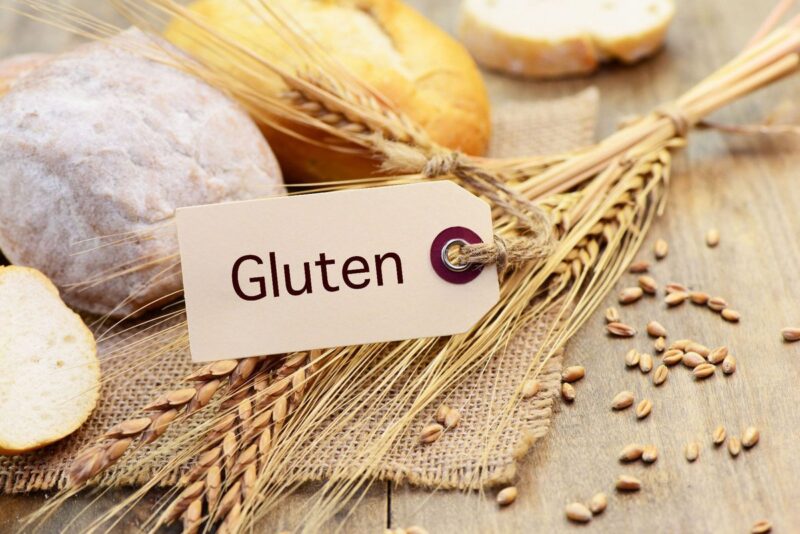
Gluten is a complex protein that is found in certain grains, including wheat, barley, and rye. It gives dough its elasticity and helps bread rise during the baking process. Although it is safe for most people, some individuals may experience an adverse reaction to it.
When people with celiac disease consume gluten, their immune system mistakenly attacks the lining of the small intestine. This can cause inflammation, damage to the intestinal villi, and a range of symptoms, including diarrhea, abdominal pain, and fatigue. Over time, if left untreated, celiac disease can lead to malnutrition, osteoporosis, and other serious health complications.
Gluten sensitivity, also known as non-celiac gluten sensitivity, is a condition in which people experience symptoms similar to those of celiac disease when they consume gluten. However, unlike celiac disease, gluten sensitivity does not cause intestinal damage or the production of antibodies against gluten. Symptoms of gluten sensitivity can include bloating, abdominal pain, diarrhea, constipation, headaches, and fatigue.
Gluten intolerance is a term that is sometimes used interchangeably with gluten sensitivity. However, some people use this term to describe a more severe form of gluten sensitivity that causes significant digestive distress and other symptoms.
Gluten-free diets have become increasingly popular in recent years, with many people choosing to avoid gluten even if they don’t have celiac disease or gluten sensitivity. Some people may find that they feel better when they avoid gluten, although the reasons for this are not yet fully understood. However, it’s important to note that a gluten-free diet can be challenging to follow, as many foods contain hidden sources of gluten.
If you have celiac disease or gluten sensitivity, it’s important to avoid gluten-containing grains and products. However, if you do not have a specific medical condition that requires you to avoid gluten, there is no need to eliminate it from your diet. Gluten-containing grains are an important source of nutrients and fiber, and can be part of a healthy, balanced diet for most people.
What is cornstarch?
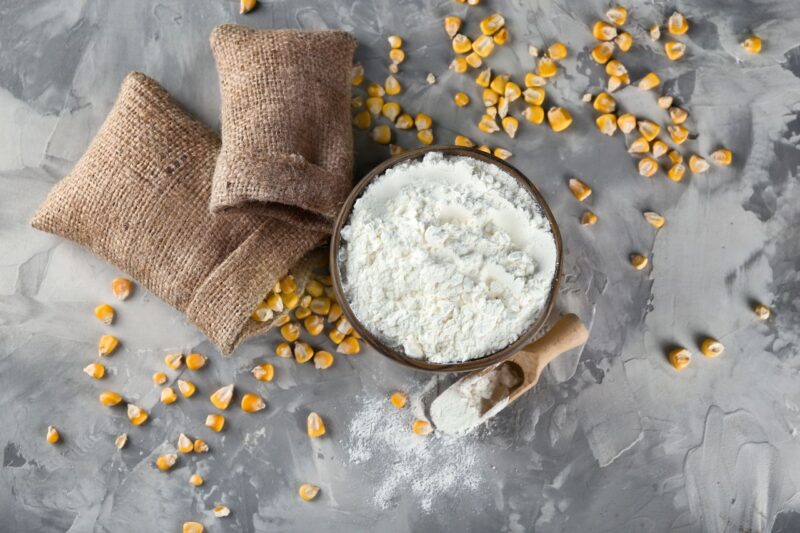
Cornstarch, also known as corn flour or maize starch, is a fine, powdery substance that is made from the starch of corn kernels. It is a common ingredient in many recipes, including soups, sauces, and baked goods, and is often used as a thickener or a binding agent.
It is made by grinding the endosperm of corn kernels into a fine powder and then washing it with water to remove the protein, fiber, and other impurities. The resulting product is a pure white powder that is almost flavorless and odorless.
One of the main uses of cornstarch is as a thickener in cooking and baking. When added to a liquid, such as a soup or a sauce, cornstarch can help to thicken the mixture and give it a smoother, more velvety texture. Cornstarch can also be used to thicken pie fillings, custards, and other desserts.
Cornstarch can also be used as a binding agent in recipes, helping to hold ingredients together and create a more cohesive texture. For example, it is often used in meatballs and meatloaf to help hold the ingredients together, or in gluten-free baking to replace the binding properties of gluten.
It can also be used as a coating for fried foods, such as chicken or fish. The cornstarch helps to create a crispy, golden-brown crust on the outside of the food.
In addition to its culinary uses, cornstarch also has some non-food uses. It can be used as a thickening agent in cosmetics and personal care products, such as lotions and shampoos. It can also be used in the production of paper and textiles, where it is used to strengthen fibers and improve the texture of the final product.
Is cornstarch gluten free?
Cornstarch is a gluten-free product, as it is derived from corn, which is not a gluten-containing grain. Therefore, cornstarch is safe for people with celiac disease, gluten sensitivity, or those following a gluten-free diet. However, it is important to note that some brands of cornstarch may be produced in facilities that also process gluten-containing grains, which can result in cross-contamination. Individuals with celiac disease or gluten sensitivity should look for cornstarch that is certified gluten-free to ensure that it is free from any gluten contamination.
How to make sure your cornstarch is gluten free
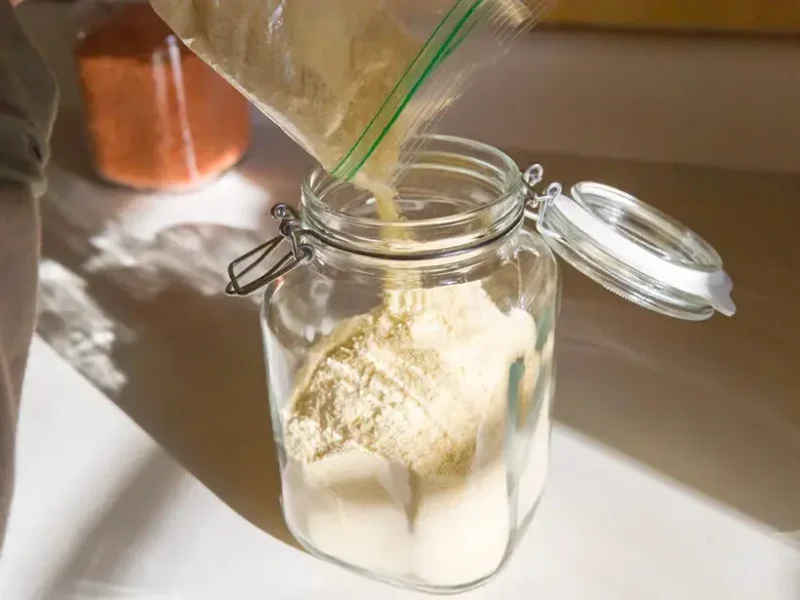
If you are looking for a gluten free option for thickening sauces, gravies, or pie fillings, cornstarch is a good choice. Here are a few tips for making sure your cornstarch is indeed gluten free:
-Check the label: Any food product that is labeled “gluten free” has to meet certain criteria set by the FDA. This includes having less than 20 ppm (parts per million) of gluten.
-Call the manufacturer: If you can’t find a “gluten free” label on the product, or if you want to be doubly sure, you can always call the manufacturer and ask about their manufacturing processes and whether or not their products contain gluten.
-Make your own: If you are really concerned about cross contamination (or just want to be extra safe), you can always make your own cornstarch using certified gluten free ingredients.
Conclusion
While cornstarch is naturally gluten-free, it can also become contaminated with gluten through contact with gluten containing foods and drinks. Therefore, it’s important to double check the label of your cornstarch before using it in any recipe. With a little care and attention, you can ensure that your recipes are suitable for those avoiding gluten without having to worry about accidentally introducing any unwanted cross-contamination.
Related Posts:
- What Are Signs That Frozen Food Has Thawed and Been…
- Is Popcorn Gluten Free? From Kernel to Bowl
- 12 Best Meat Injectors 2023 - What You Need To Know…
- How Much Brisket Per Person Do I Need? - Preparing…
- What is Whole Grain Mustard? Do you Know How to Make One?
- What Does Lamb Taste Like? Know This Before You Try!

